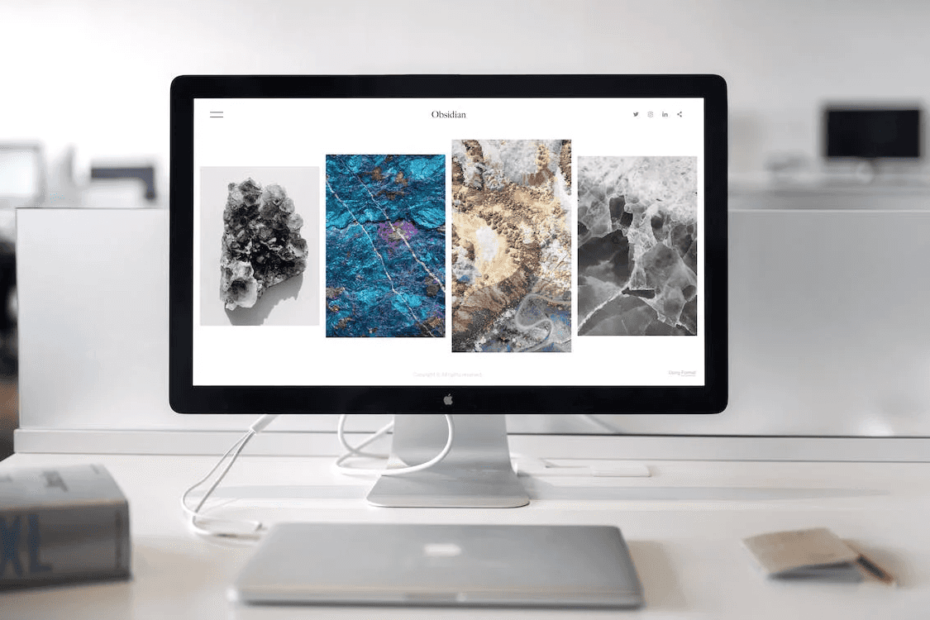Understanding the Virtual Reality Landscape
Virtual reality represents more than just a technological trend—it‘s a transformative digital experience that connects people across geographical boundaries. VRChat, a pioneering social platform in this emerging ecosystem, has captured the imagination of millions worldwide. However, Mac users often encounter significant compatibility challenges when attempting to access this immersive digital universe.
As a technology specialist with extensive experience in virtual reality and system integration, I‘ve dedicated considerable research to understanding the intricate pathways for Mac users seeking VRChat access. This comprehensive guide will demystify the technical processes, provide actionable strategies, and explore the nuanced world of Mac-based virtual reality experiences.
The Mac VRChat Compatibility Challenge
Mac computers, renowned for their sleek design and robust performance, have traditionally presented unique challenges for virtual reality applications. Unlike Windows-based systems, which offer native support for most VR platforms, Macs require sophisticated workarounds to enable immersive experiences like VRChat.
The primary obstacle stems from VRChat‘s Windows-exclusive development architecture. This limitation doesn‘t mean Mac users are permanently locked out—instead, it demands creative technical solutions that leverage virtualization and cross-platform compatibility technologies.
Technical Pathways to VRChat Access
Method 1: Boot Camp – The Traditional Approach
Boot Camp represents the most straightforward method for Mac users to run Windows and, consequently, VRChat. This approach involves creating a dedicated Windows partition on your Mac, effectively transforming your device into a dual-boot system.
Hardware Considerations
Not all Mac devices are created equal. Intel-based Macs offer more straightforward Boot Camp installations, while Apple Silicon (M1/M2) machines require more nuanced approaches. Your specific hardware configuration will significantly influence the feasibility and performance of your VRChat experience.
Key hardware requirements include:
- Minimum 64GB free storage space
- Robust graphics processing capabilities
- Sufficient RAM (16GB recommended)
- Compatible VR headset
Installation Process
The Boot Camp installation involves several precise steps:
- Download the latest Windows 10/11 ISO from Microsoft
- Utilize Boot Camp Assistant in macOS utilities
- Partition your drive, allocating sufficient space for Windows
- Complete Windows installation
- Install necessary drivers
- Configure Steam and VRChat
Method 2: Parallels Desktop – Virtualization Solution
For Mac users seeking a more integrated approach, Parallels Desktop offers a sophisticated virtualization platform. This method allows simultaneous macOS and Windows operation, providing flexibility beyond traditional dual-boot configurations.
Performance Dynamics
Parallels Desktop introduces unique performance considerations. While offering convenience, virtualization inherently involves resource overhead. Users must carefully balance system resources, graphics allocation, and computational demands to ensure smooth VRChat performance.
VR Headset Compatibility
Not all VR headsets perform identically across different Mac configurations. Oculus (Meta) Quest 2 and HTC Vive tend to offer more reliable Mac compatibility, though performance can vary significantly based on specific hardware and virtualization approach.
Performance Optimization Strategies
Graphics Processing Considerations
Graphics performance represents the most critical factor in VRChat experience quality. Mac users must strategically allocate computational resources, potentially leveraging external GPU solutions for enhanced rendering capabilities.
Recommended optimization techniques include:
- Updating graphics drivers regularly
- Minimizing background applications
- Configuring Windows virtual machine for maximum performance
- Selecting appropriate graphics settings within VRChat
Network and Latency Management
Virtual reality experiences demand low-latency network connections. Mac users should:
- Utilize wired ethernet connections when possible
- Close bandwidth-consuming background applications
- Consider dedicated network configurations for VR experiences
Cost and Investment Analysis
Accessing VRChat on a Mac isn‘t free. Users should budget for:
- Parallels Desktop license (approximately $99 annually)
- Windows operating system license
- Potential hardware upgrades
- VR headset investment
Future of Mac Virtual Reality
The landscape of Mac-based virtual reality continues evolving. Apple‘s increasing focus on augmented and virtual reality suggests future native support might emerge, potentially eliminating current compatibility challenges.
VRChat on Mac represents more than a technical challenge—it‘s an opportunity to explore innovative digital experiences. By understanding the intricate technical landscape, Mac users can successfully bridge compatibility gaps and immerse themselves in vibrant virtual communities.
Your journey into VRChat begins with technical curiosity, strategic planning, and a willingness to explore complex technological solutions. Embrace the challenge, and unlock new dimensions of digital interaction.
About the Author
With 15 years of technology integration experience, the author specializes in bridging complex technical ecosystems, helping users transform technological limitations into opportunities for innovation and connection.
